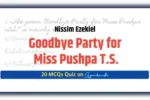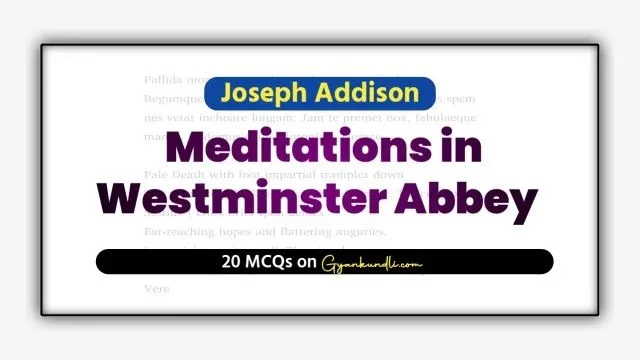Sailing to Byzantium MCQ Quiz : William Butler Yeats, one of the greatest poets of the twentieth century, wrote “Sailing to Byzantium” in 1927. The poem reflects Yeats’s deep concern with aging, mortality, and the quest for spiritual and artistic immortality. Written when the poet was growing old, the poem expresses his longing to escape the physical decay of life and attain the eternal beauty of art and spirit.
The poem begins with the famous line “That is no country for old men,” which contrasts youth and sensual pleasure with the decay of old age. Yeats describes a land of passion and fertility where young lovers, birds, and fish celebrate life, but in this world, old men have no place. Feeling alienated from the vitality of youth, the poet decides to sail to Byzantium, a symbol of spiritual and artistic perfection.
Byzantium, the ancient city of Constantinople, represents a world of eternal art and divine order. For Yeats, it is not merely a geographical location but a timeless state of mind where the soul can be free from the limits of the body. The journey to Byzantium is therefore symbolic — it is the journey of the soul seeking immortality through art and wisdom.
Yeats wishes to be transformed into a golden bird, crafted by the “Grecian goldsmiths,” who would sing to the lords and ladies of Byzantium. This image reflects the poet’s desire to achieve permanence through artistic creation, beyond the decay of time and flesh.
“Sailing to Byzantium” combines powerful imagery, symbolism, and philosophical thought. The poem reflects Yeats’s belief in the power of art to grant spiritual transcendence. It also reveals his struggle between body and soul, the temporal and the eternal.
Sailing to Byzantium MCQ Quiz
Discover more from Gyankundli
Subscribe to get the latest posts sent to your email.
















